In recent years, there has been a noticeable increase in the presence of Muslim hijabi models in the fashion industry. Global fashion labels like Nike, Michael Kors, and Burberry, as well as renowned fashion magazines such as Vogue, Harper’s Bazaar, and Allure, have featured these models in their shoots and campaigns. One standout figure in this movement is Halima Aden, a 5’5″ Somali refugee supermodel who has made her mark on the runways of Dolce & Gabbana, Yeezy, and Max Mara. Many other models from the Middle East and Muslim countries have followed, contributing to the growing representation of hijabi models.
While interviewing Egyptian hijabi model Mai Yackout, her dissatisfaction with the representation of veiled women in Egypt became obvious as she described the disappointment she’d encountered through her personal journey as an aspiring model. Although her experience may not represent the experiences of other Hijabi models in the Middle East, she takes it as a personal challenge to prove to herself that she belongs in the industry and should be considered for more Modeling gigs than is offered.
When discussing the significance of her hijab, Yackout reflects on her journey of acceptance. Initially forced to wear it at the age of 13, she longed for the freedom to live her teenage years without the constraints of her hijab. However, stumbling upon the hijabi model Halima Aden, who effortlessly posed next to supermodel Gigi Hadid, sparked something within her. She took it as a sign, that her hijab could become a powerful tool to challenge stereotypes and express her identity. As she embarked on her modeling journey, Yackout fell in love with her hijab during photoshoots, finding a way to merge her passion for fashion with her religious beliefs.
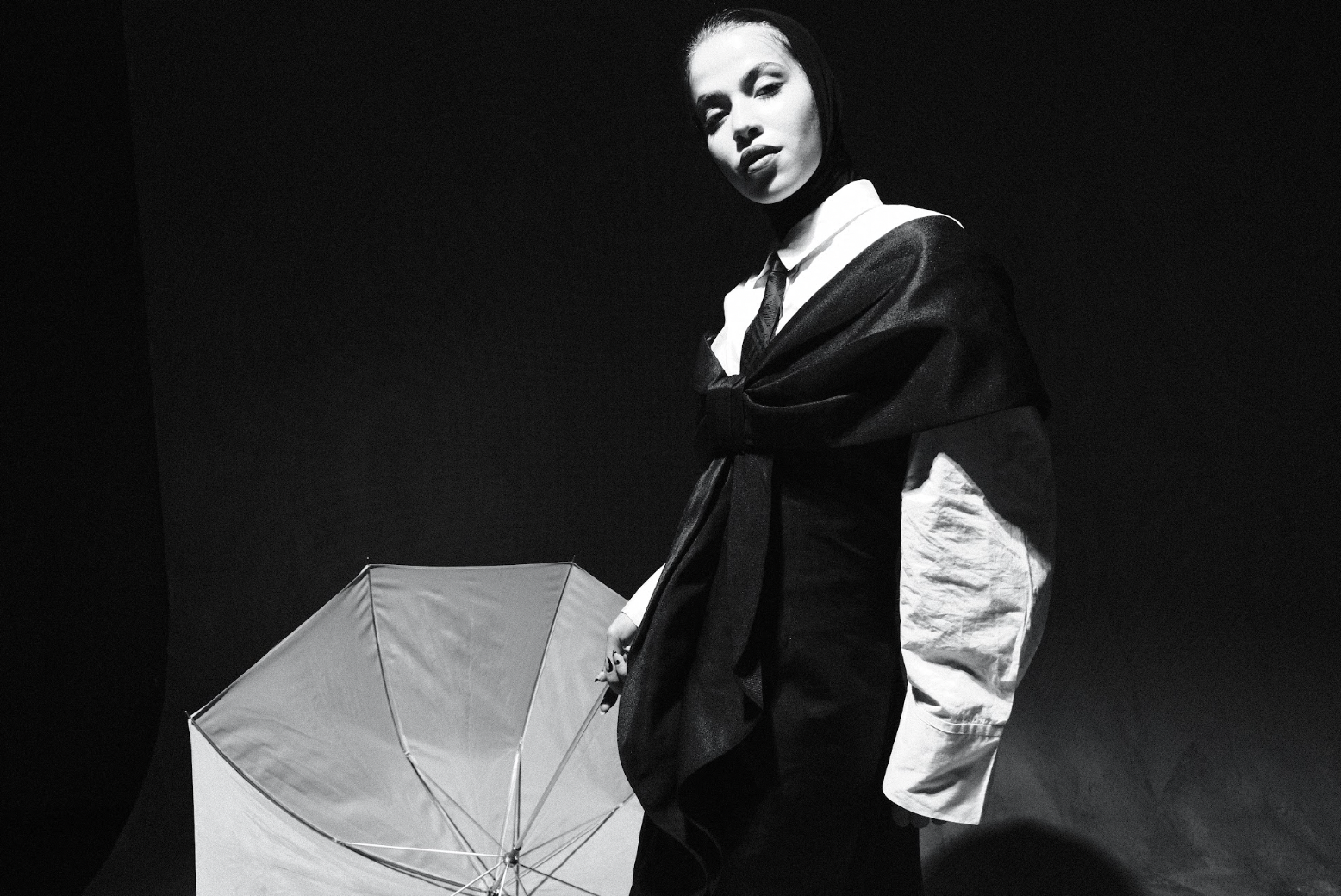
In Islamic faith, the hijab is believed to serve the purpose of avoiding attention and preserving one’s beauty from the gaze of lust and desire. Some may argue that modeling contradicts this purpose, as it involves using one’s body to showcase clothes and accessories, drawing attention to oneself and potentially misrepresenting the hijab. Living in a society where women are constantly bombarded with images of unclothed models living seemingly perfect lives on social media, young hijabi girls may experience doubts and pressure. “I am not perfect, I’d like to wear my hijab in a proper way one day, In this phase of my life I wear a hoodie or anything that covers that allows me to feel confident and express my style, while attempting to look my age and modest,” Yackout says. Adding: “covered or not, women will always get unwanted looks and attention no matter what they wear.”
The hijab is a powerful symbol, and the pressure from society to remove it should not exist. However, with this symbol comes the responsibility to respect its portrayal, as it represents an entire religion and community of women. Striking a balance can be complicated, as not all hijabis accept the evolving modern-day image of the hijab and view it as a holy status, fearing that hijabi models may deviate from its purpose, raising concerns that modest wear and hijab may transform into something unintended.
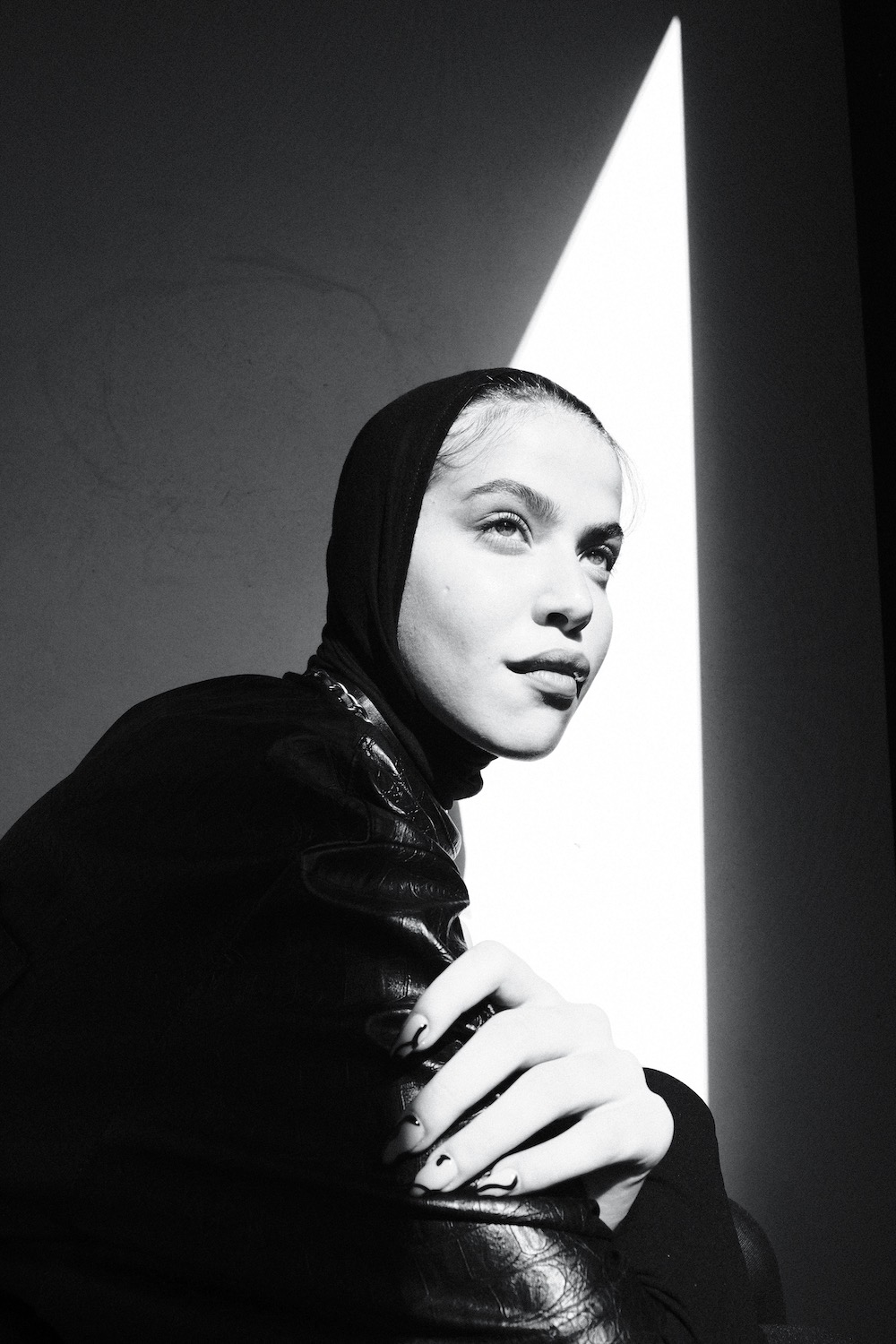
One question that arises is the portrayal of modern-day hijabi models as seductive. While the interpretation of “seductive” may vary, Yackout firmly believes “it’s outrageous” for a hijabi model to be portrayed as such. The purpose of hijab in the modeling industry, she asserts, is to showcase the modest nature of hijabi women while emphasizing that it does not diminish their beauty and style.
There may be an issue worth addressing concerning the unwelcoming treatment of hijabi models in the industry, or perhaps Yackout was unlucky and has simply encountered a set of unfortunate experiences throughout her career. The rejection from agencies and clients has been disheartening for her, fueling her determination to build a strong portfolio that demonstrates the cool, edgy, and appealing nature of hijabi models. Yackout notes that in Egypt, the industry tends to limit hijabi models based on their hijab and physical attributes, such as height or weight. She emphasizes the need for women empowerment in an Islamic country with what she believes to have limited representation for hijabi women.
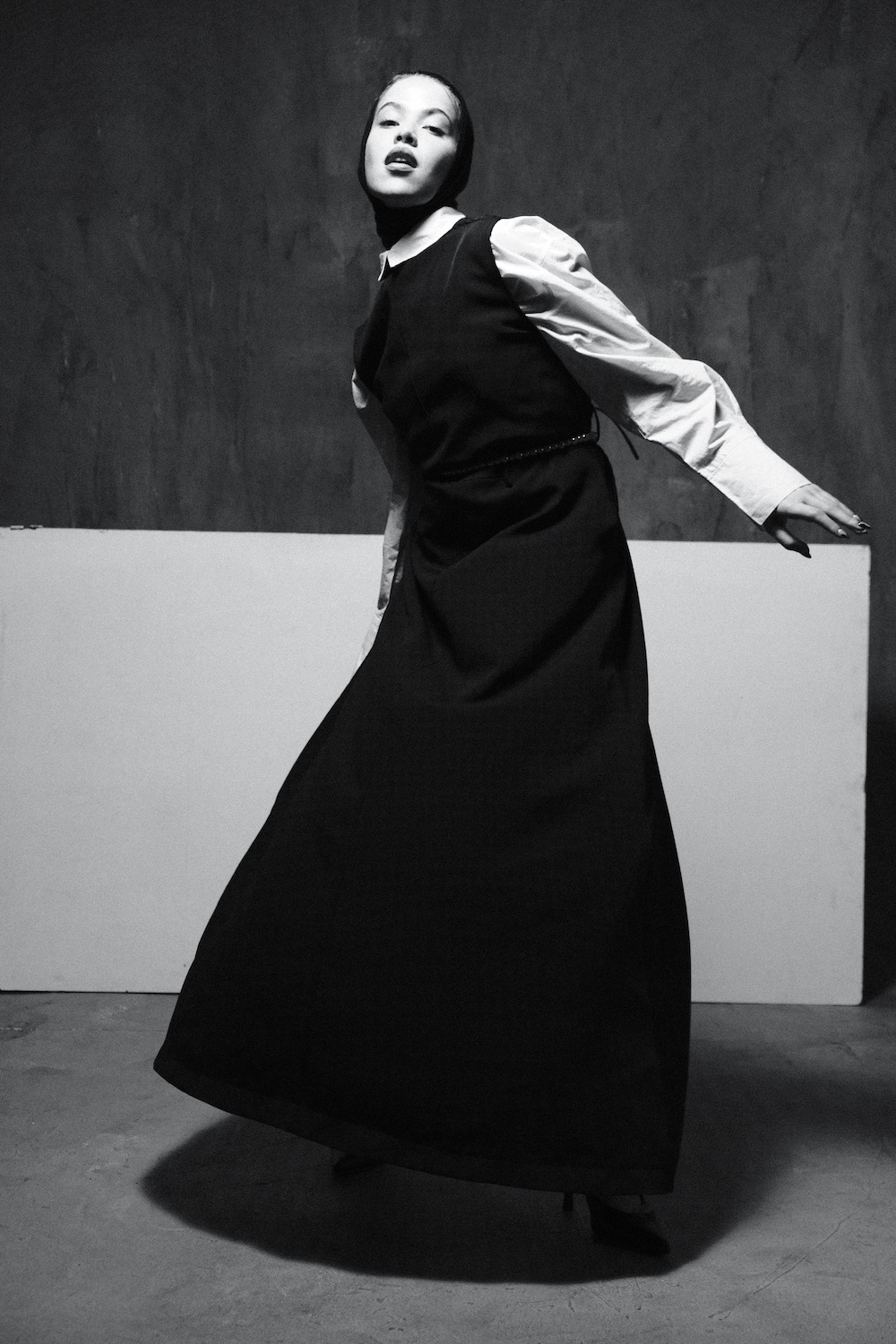
Yackout recalls a hurtful encounter, “Someone recently told me during a shoot, that the scarf I’m wearing will not give me any value or make me special in any way”, to which she responded that she was not seeking to be special but rather to represent the majority of veiled women in her country. She also points out that non-hijabi models in the industry are not always treated with consideration as well stating “I’ve seen non-hijabi models in shoots forced to wear revealing clothes they don’t feel comfortable in, and when they speak up on their discomfort they are told they have no choice.” But some may argue a model’s job is to wear what the client wants, and represent the brand based on the client’s vision not their own. However, Yackout praises her work experience in Dubai for its more welcoming and proud attitude towards hijabi models, highlighting the need for the industry to embrace diversity wholeheartedly.
Yackout believes that in this age of freedom, it is acceptable to support women who choose to flaunt their curves and reveal their bodies, questioning why the same support is not extended to women who choose to be modest. “Why are hijabis always confined to a box?” she asks. Despite moments of doubt and discouragement, Yackout remains steadfast in her belief that the hijab should not hinder any girl’s pursuit of her dreams, regardless of her chosen career.
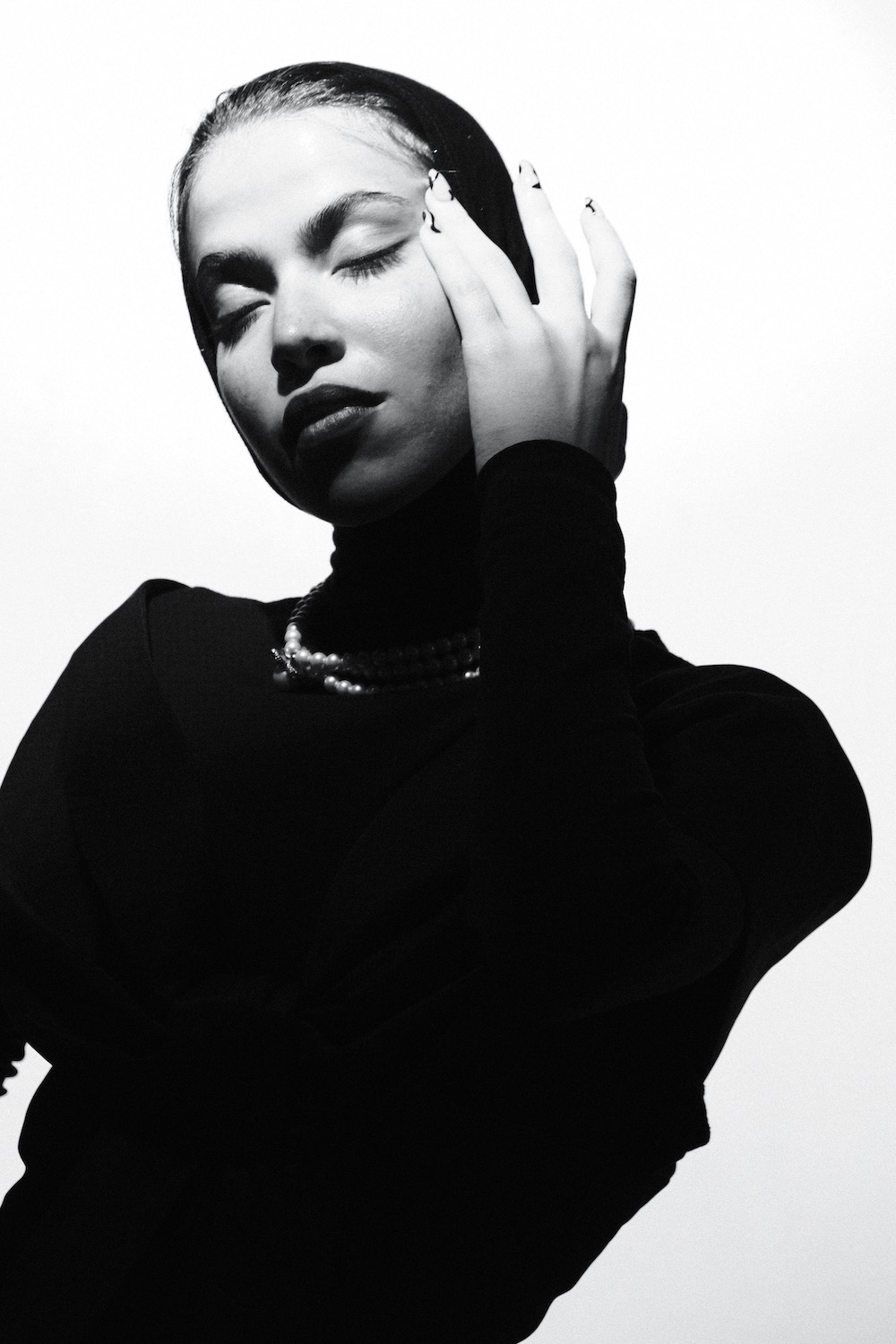
Despite the emergence of many modest-wear labels and non-hijabi brands offering clothing suitable for hijabis, Yackout believes that hijabi brands in Egypt are often viewed as “local” or lacking in chicness, which limits representation and opportunities for hijabi models. She believes fashion brands in Egypt can improve their approach on modest wear.
As we delved deeper into our conversation, Yackout emphasized the importance of women seeing models who look like her. She explained that more young girls and women want to see their image represented and that it’s important to spread self-love that is not based on confinement to certain beauty standards. Perhaps young veiled girls, who may feel pressured by a society that discourages self-acceptance, need to see more models who embrace their hijab and can inspire them to love themselves as they are.
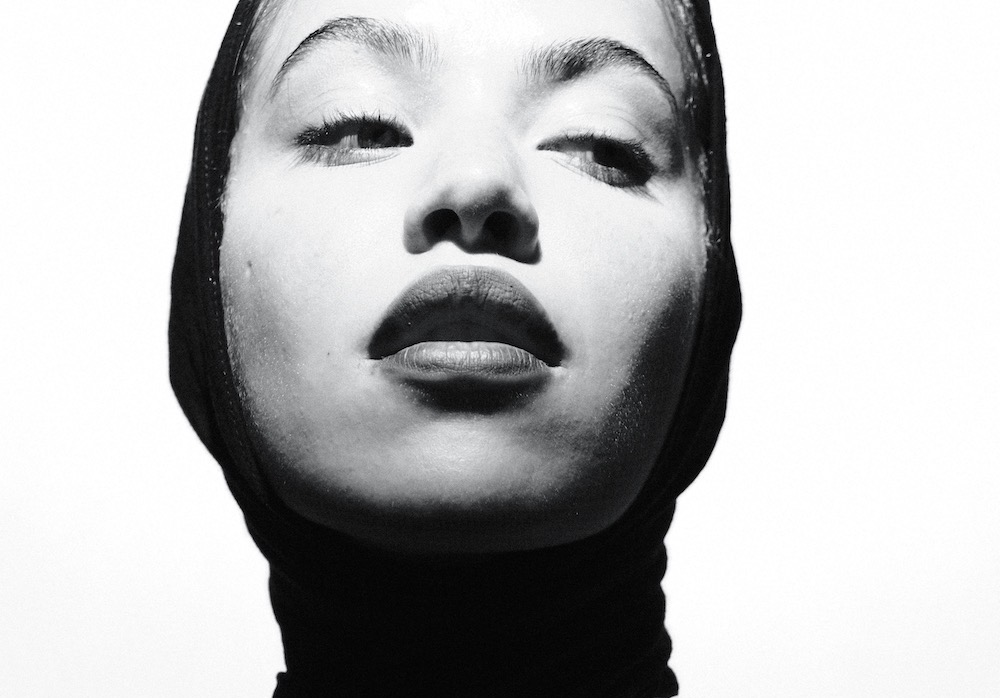
Yackout acknowledges that she has days where she feels the most beautiful with her veil on, and on other days she wakes up wishing she wasn’t veiled. However, she sees this as a personal challenge and is learning to embrace her hijab with each passing day. She hopes one day to see a hijabi model in every shoot and campaign, highlighting that not every shoot is going to be a bikini shoot. She believes in normalizing hijabi models in streetwear and casual wear shoots because they make up a significant portion of the community. While there are brands that do represent the diversity of women in the Arab world, more brands should strive to be inclusive and avoid trying to overly westernize their brands.
WE SAID THIS: Dont Miss…6 Egyptian Beauties That Have Taken The Modeling Industry By Storm


